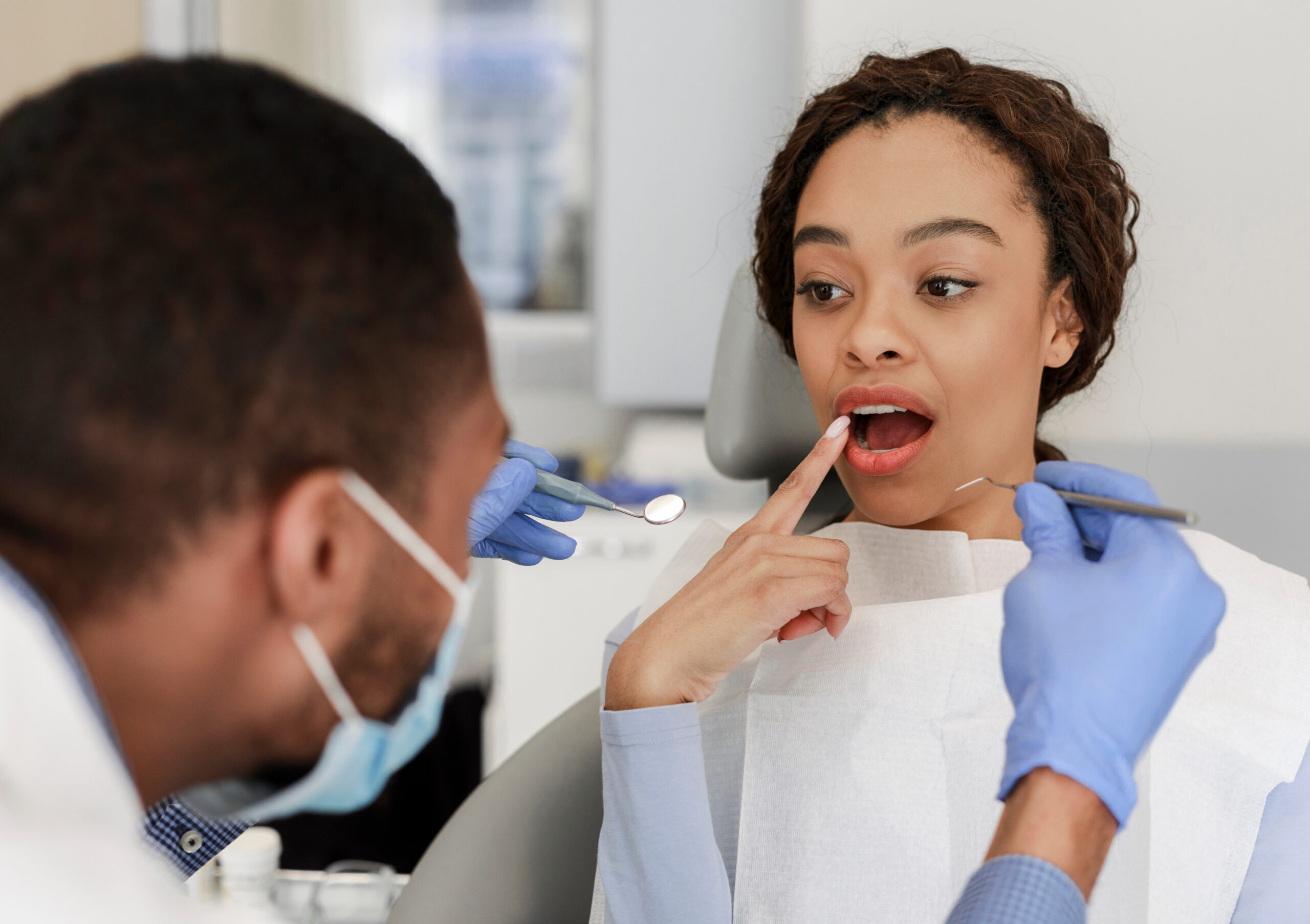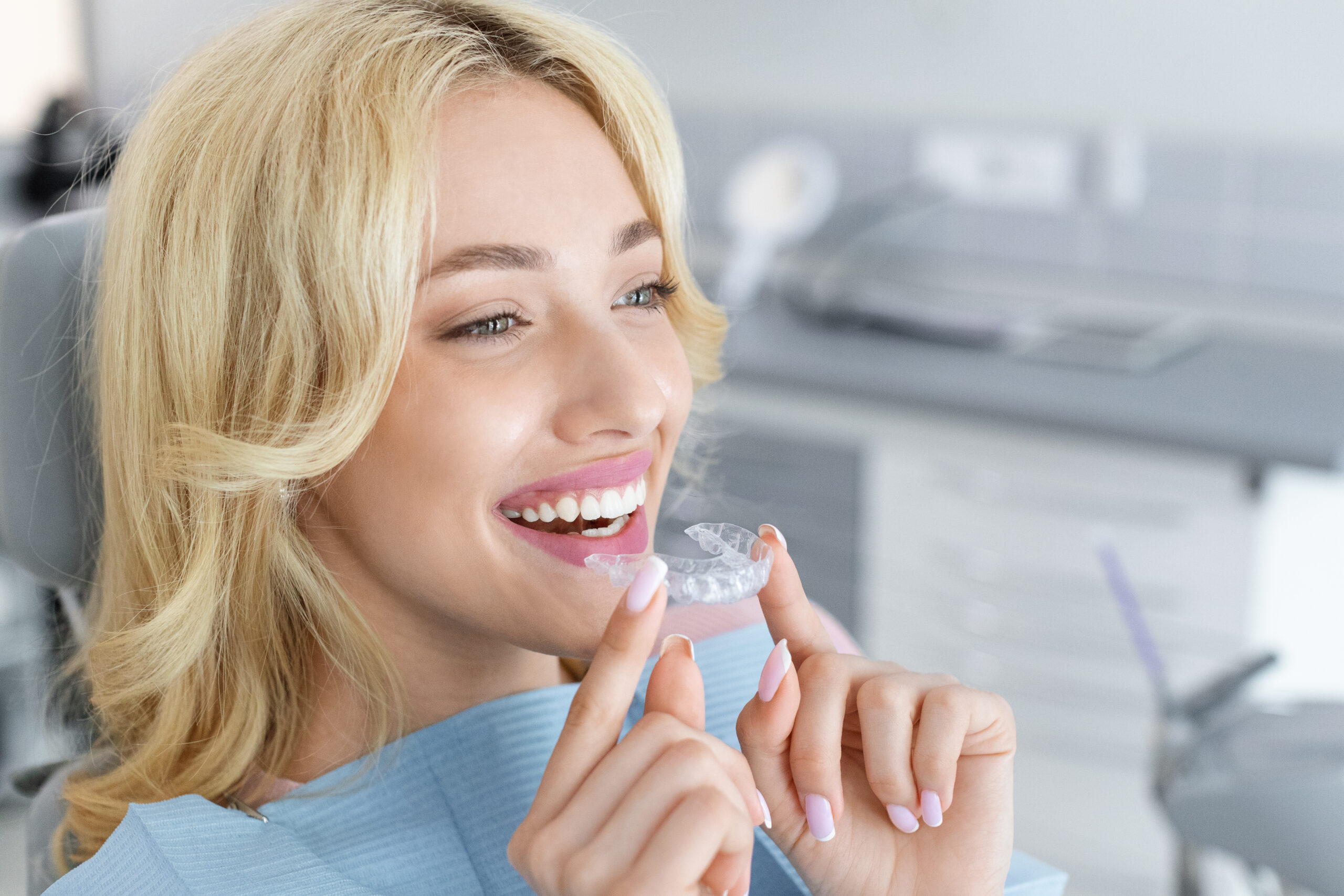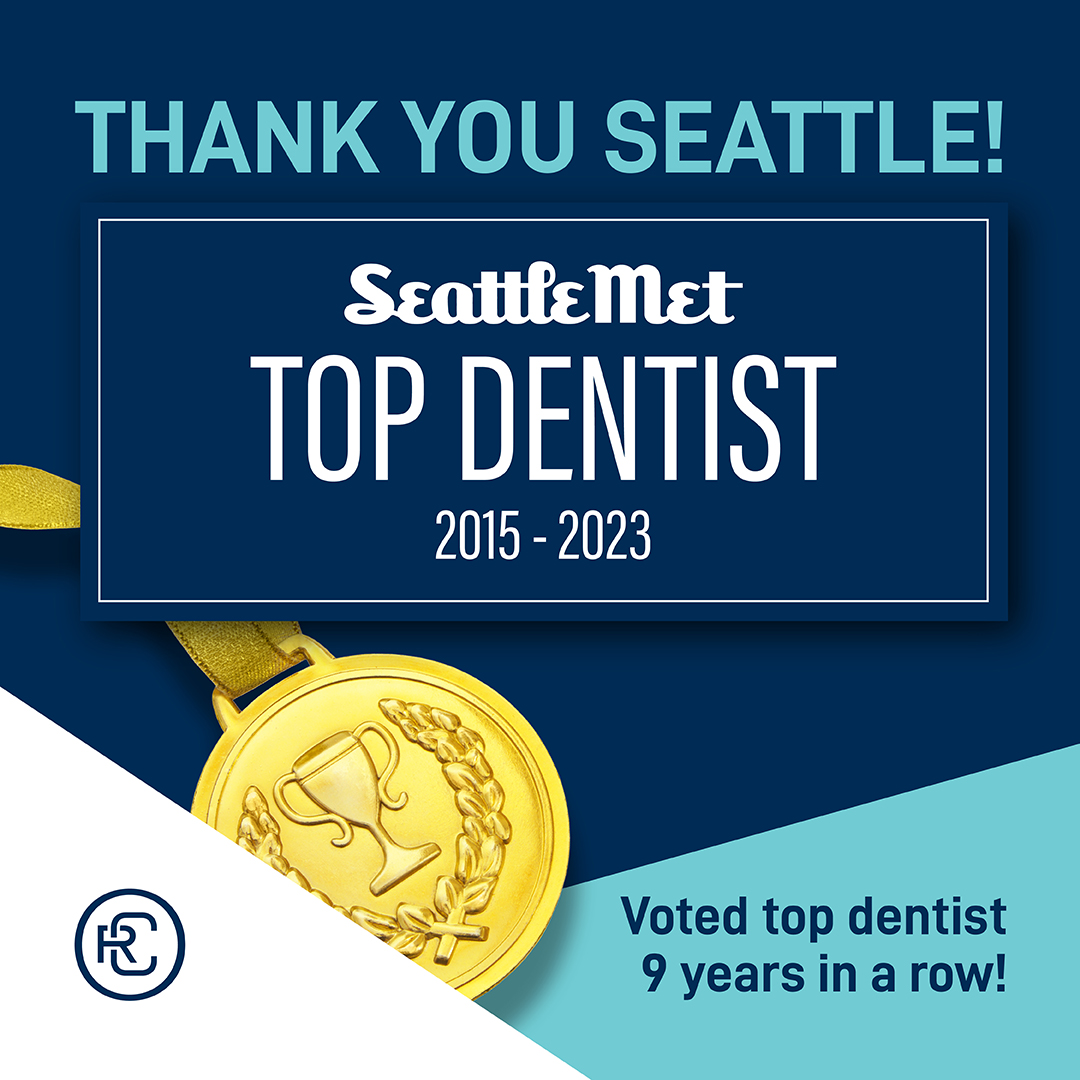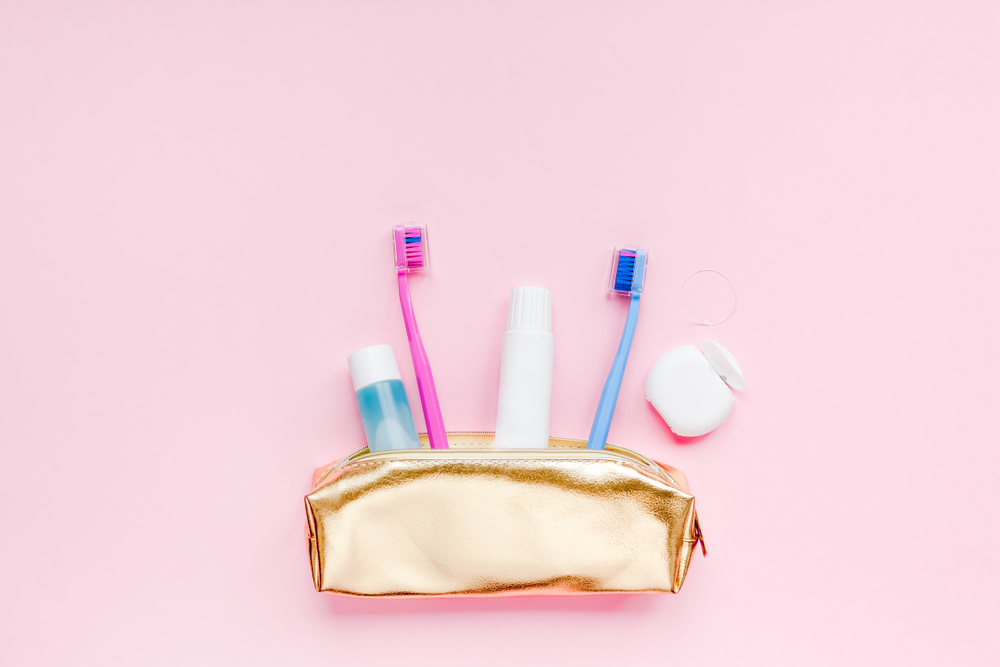As a board-certified orthodontist, Dr. Richard Chan is an expert in diagnosing, preventing and treating malocclusion, or an improper bite. There are different types of malocclusion and you’ve probably heard of a few of them like an overbite and underbite. One type that a lot of people are less familiar with is a crossbite. So, what is a crossbite? Our Juneau, Bothell, Monroe and Mill Creek orthodontist will be covering everything you need to know about this orthodontic concern.
What is a Crossbite?
Normally, your upper teeth overlap on the outside of the lower teeth when you close your jaws together. When you have a crossbite, however, one or more of your upper teeth bite inside of your lower teeth. A crossbite can involve several teeth or a single tooth and it can occur in the front of the mouth, back of the mouth or both. There are two main types of crossbites:
- Anterior Crossbite: An anterior crossbite, or front crossbite, is when one or more front top teeth sit inside of the front bottom teeth.
- Posterior Crossbite: A posterior crossbite, or back crossbite, is when one or more of the upper teeth in the back or on the side of the mouth sit inside of the lower teeth. A posterior crossbite can develop on one side of the mouth or, occasionally, both sides.
So, isn’t a crossbite the same as an underbite? No. With an underbite, the jaw and whole arch of top teeth are behind the bottom teeth.
What Causes a Crossbite?
- Genetics The most common cause of a crossbite in children is genetics, which, unfortunately, means that many crossbites can’t be prevented. Usually, it’s a result of a small or narrow upper jaw and/or larger lower jaw, which can be inherited from one or both parents.
- Delayed Loss of Baby Teeth When the baby teeth don’t fall out when they’re supposed to (over-retained primary teeth) and the permanent teeth are delayed in erupting, the other teeth may shift to compensate, creating misalignment, such as a crossbite.
- Oral and Myofunctional Habits Oral habits like prolonged thumb sucking and pacifier use are another cause of malocclusion. The pressure from the thumb or pacifier can push teeth out of alignment and distort bone, resulting in a narrow palate and crossbite. Myofunctional problems like abnormal swallowing patterns can also cause a crossbite, because they too exert undue pressure.
- Mouth Breathing Chronic mouth breathing in kids, which often happens at night, can impact jaw and facial development. It may lead to an elongated face and underdeveloped jaw, contributing to the development of a crossbite and other orthodontic concerns like crowding.
- Cleft Lip or Cleft Palate A cleft lip and cleft palate happen when a baby’s lip or mouth doesn’t properly form when they’re in the womb. With a cleft lip, the sides of the lip don’t fuse during fetal development, while a cleft palate is when the roof of the mouth, or palate, doesn’t fuse completely, leaving an opening.Children with orofacial clefts are more likely to have dental issues. According to research published in BioMed Research International, the most common malocclusion among patients with total cleft of the lip, alveolar bone and palate was a crossbite.
Why Does a Crossbite Need to be Treated?
While it depends on the severity and type of crossbite, an untreated crossbite can lead to:
- Excessive wear of the enamel and chipped or cracked teeth, because of the way the teeth come together when you bite down
- Increased risk of tooth decay and gum disease, as misaligned teeth are harder to properly brush and floss
- Gum recession, because certain teeth bear the brunt of the chewing forces. As gums recede, tooth roots are left exposed and vulnerable to decay and infection
- Difficulty biting and chewing
- Difficulty closing the mouth
- Strain on the temporomandibular joints (TMJ) and chewing muscles, resulting in TMJ dysfunction and pain
- Headaches and toothaches
- Lopsided jaw growth since patients often compensate by shifting their jaw forward or to the side
- Speech issues – a study found that a posterior crossbite can affect speech in children by altering the tongue position and making speech sound distorted
Does a Crossbite Require Interceptive Orthodontic Treatment?
Sometimes, a severe posterior crossbite does require interceptive orthodontic treatment, also called phase 1 orthodontic treatment. At Richard Chan Orthodontics, we rarely treat young children and can usually achieve excellent results with one phase of orthodontic treatment. However, there are cases where early interceptive treatment will help to prevent the lopsided jaw growth that can occur in patients with a crossbite.
In these instances, during phase 1 treatment, Dr. Chan uses certain orthodontic appliances, mostly commonly being a rapid palatal expander. A palatal expander is a fixed appliance that sits against the roof of the mouth. As you activate the expander by turning a key, it gently widens the upper jaw, which in children, consists of two halves that meet at the middle, called the midline suture. The suture isn’t yet fused, so the pressure from the device is able to shift the two halves of the jaw apart to correct the crossbite.
When the desired amount of skeletal expansion is achieved, the appliance is left in for a bit longer so that new bone can form in the middle to stabilize the expansion.
Dr. Chan removes the expander and then after a resting period where the remainder of the baby teeth fall out, the patient starts phase 2 orthodontic treatment, typically around age 12 or 13. During phase 2, we use braces or Invisalign Teen to straighten the teeth and ensure the bite is coming together properly.
Is Crossbite Correction Effective in Adults?
We can treat an anterior crossbite or a crossbite that is due to the position of the teeth at any age. For a posterior crossbite that’s skeletal in nature, while it’s never too late to have it fixed, getting treatment during childhood or the early teen years will help you achieve the best results more quickly and less invasively. This is because, before jaw growth is complete, we’re still able to widen the upper jaw.
In the past, treating a severe posterior crossbite in an adult would have required corrective jaw surgery, or orthognathic surgery, along with orthodontic treatment. However, thanks to advances in technology and treatments, we can fix a crossbite in an adult without surgery in more cases than ever before.
How to Fix a Crossbite
Invisalign
Can Invisalign fix a crossbite? Yes, Invisalign can fix a crossbite in certain cases. If you have an anterior crossbite or a single-tooth crossbite, Invisalign or Invisalign Teen will be super effective. For some patients with a posterior crossbite, braces are the better option.
If clear aligners are used, we may need to pair your aligners with Invisalign attachments. These tooth-colored buttons are bonded to your teeth and act almost like a handlebar for your aligners to push off in order to achieve more complex tooth movements. Invisalign rubber bands could be needed too. Rubber bands provide the connective force necessary to improve your bite, or the way your upper and lower teeth meet.
Braces
We can fix a crossbite with metal braces or clear braces. In fact, certain types of crossbite respond better to braces, usually along with rubber bands, than Invisalign. Whether we use braces alone or in combination with other treatments and appliances will depend on the severity of your crossbite and whether it’s skeletal or related to the position of your teeth.
Auxiliaries and Orthodontic Appliances
When treating a posterior crossbite with braces or Invisalign, we may need some help from auxiliaries like rubber bands and/or Invisalign attachments. In preteen and teenage patients who are still growing, we sometimes pair braces or Invisalign Teen with an orthodontic appliance to expand the jaw at the same time that we straighten the teeth.
Other patients may respond well to using innovations like temporary anchorage devices (TADs) with their braces. TADs are an alternative to headgear and give Dr. Chan a fixed anchor point from which to achieve complicated tooth movements, including asymmetrical tooth movements, more efficiently and comfortably.
How Much Does Crossbite Treatment Cost?
The cost of crossbite correction is determined by how severe the problem is and your treatment plan. Once you come in for a free consultation at our practice and Dr. Chan develops a diagnosis and treatment recommendations, we’ll be able to provide you with the cost.
At Richard Chan Orthodontics, we pride ourselves on offering high quality care for an affordable price. We accept most insurance plans, will help you determine your coverage and even file claims on your behalf. We also offer flexible, in-office financing, including braces and Invisalign for as low as $129 per month.
Crossbite Correction in Mill Creek, Bothell and Monroe, WA and Juneau, AK
If you think your child has a crossbite, or you have one yourself, schedule a complimentary consultation at Richard Chan Orthodontics in Mill Creek, Bothell and Monroe, WA or Juneau, AK. At your consultation, Dr. Chan will evaluate your diagnostic records and perform an exam to determine an accurate diagnosis. He can then create a personalized treatment plan to fix the crossbite and help you or your child achieve optimal oral health and function.







